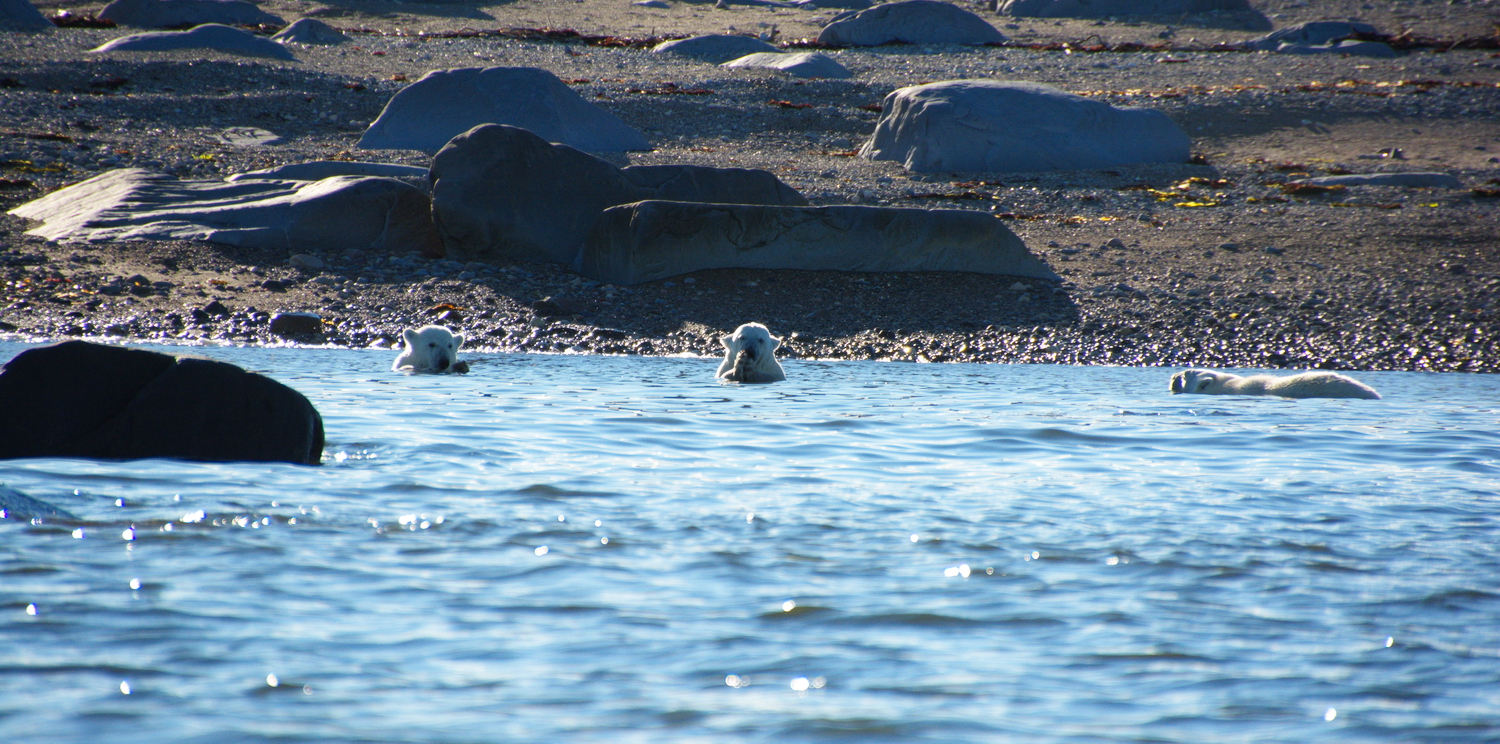Snow, palm trees and a train are not three things you would expect to see in the same picture – but they’re here in Snow, Palm Trees and the Local.
I don’t know how many places that it is possible to capture such an image.
There are certain days that it is possible in La Verne, California – it just takes the convergence of Mother Nature and BNSF to make it happen, as the palm trees are there every day.
The snow is on the peaks of the San Gabriel Mountains north of La Verne and San Dimas in the background.
The palm trees are in a yard and on the grounds of the Metropolitan Water District of Southern California.
The train is the BNSF Pasadena Subdivision Local – it covers the Pasadena Subdivision as far west as Irwindale these days. (From Azusa into Los Angeles Union Station, it’s now the Gold Line light rail passenger line.)
The Local is shoving a tank car of chlorine north on the MWD spur that leads to the F. E. Weymouth Treatment Plant. This movement happens roughly once a week.
If you consider that there isn’t snow on the mountains on a regular basis and that the train can typically be seen here just once a week, you come to realize that this is a rare shot indeed.
All that said, I really wish that this consist was reversed and the 151, still sporting her red and silver warbonnet paint, was in the lead instead of against the train.
Realizing that there were only 63 GP60M locomotives built, I also think that I should quit my whining and be happy that I got the shot…

Snow, Palm Trees and the Local can be found in the BNSF ex- Santa Fe Pasadena Subdivision gallery on Laughing Frog Images.


















